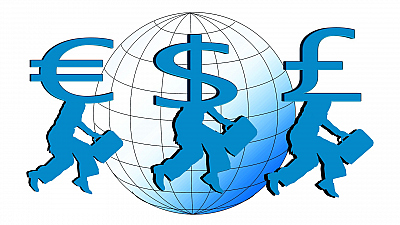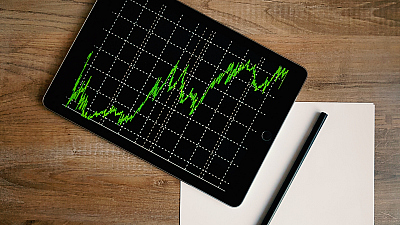All currencies in the forex market are expressed in pairs.
In order to value one currency, it needs to be compared to the value of another.
This is what the quote presents. It is the price of one currency in terms of another. Or, the quote shows how many units of one currency is worth one unit of the other currency.
Financial markets require every currency to be presented as a standard 3-letter code.
It typically stands for the country (the first two symbols) and the first letter of the native currency (the third symbol). For example, USD (US dollar), GBP (Great Britain pound), JPY (Japan yen), etc.
Of course, there are some exceptions to this rule. EUR (EURO zone), ARS (Argentine peso), MXN (Mexican peso) and the quite interesting story of CHF (Switzerland franc), where the country-part of the code (the first two letters) references the old Roman name for Switzerland, “Confederatio Helvetia”.
Two codes make a currency pair.
The first currency is called the base currency and the second one is the quote (or counter) currency. The pair shows how many units of the quote currency can be bought with one unit of the base currency. Or, in an example, if EUR/USD is 1.1234, then 1 euro is worth (can buy) 1.1234 US dollars.
Quotes can be expressed in two ways – direct and indirect.
The difference between them is the position of the native currency. In order to determine whether a currency pair is directly or indirectly quoted, we need to know which currency is the domestic and which – the foreign, or we need to have a geographical location as a starting point.
The quote is direct when the price of one unit of the foreign currency is expressed in terms of the domestic currency.
It indicates how many units of the domestic currency are needed to buy one unit of the foreign currency. In other words, it's the domestic currency price for 1 unit of the foreign currency.
A direct currency quote is a currency pair in which the foreign currency is the base currency and the domestic currency is the quoted currency. It is also known as a “price quotation”.
The indirect quote is essentially the opposite of the direct quote (1/direct quote).
It presents the price of one unit of the domestic currency, expressed in terms of the foreign currency. In other words, it shows how many units of the foreign currency are needed to purchase one unit of the domestic currency.
In the indirect quote the domestic currency is the base, while the foreign currency is the quoted currency. The indirect quotation is also known as a “quantity quotation”.
For example, if an American trader is checking out the EUR/USD rate, he is looking at the direct quote and USD/EUR would be an indirect quote for him.
The opposite would apply for a European citizen, visiting our American trader. For him EUR/USD would be the indirect quotation, as his native currency is the Euro, while the USD/EUR would be a direct quote.




